A Revolutionary Guards commander has claimed that Iran is one of the top producers of radars in the world.
Amir Ali Hajizadeh, the commander of the Islamic Revolutionary Guard Corps’ Aerospace Force, made the claim during a demonstration of an Iranian-made Qadir radar being installed in the Revolutionary Guards’ aerial systems on October 6.
"Iran is one of the top 10 countries in the field of radars,” he announced, adding that the Guards’ aerospace force radars, together with the radars produced by the country’s army to protect the country’s borders and internal security, were among the Islamic Republic’s greatest military achievements.
Hajizadeh said the Qadir radars are able to detect stealth birds within a range of 350 kilometers and, depending on the target's altitude for flying objects and other targets, can detect and intercept up to a range of more than 1,000 kilometers.
"With the launch of such radars, the Islamic Republic’s power of reconnaissance and air defense over the skies has increased,” added Commander Mousavi, the army's commander-in-chief.
So what are the top-producing countries in the radar industry? Where does Iran appear on the list? IranWire examines research and the evidence to get a sense of the veracity of Hajizadeh’s claim.
The Radar Industry and Superior Powers
Radar systems today have key and important applications in the aerospace, marine, automotive, defense, military, meteorological and mapping industries. With the advancement of technology, these systems will continue to enjoy a healthy market, and grow that market in the near future. But putting the remarks made by Iran's military commanders, who emphasize the military and defense function of these radars, aside, there is another important function they play. Today, civilian use of radars to protect human security and facilitate greater exchange of information is significant, and growing all the time.
"Radar stands for Radio Detecting And Ranging and, as its name implies, uses radio waves," the Australian Meteorological Agency website explains. "Radars emit electromagnetic waves similar to wireless computer networks and cell phones. The signals are sent in short pulses that may be reflected by objects in their path and return to the radar. Meteorological radars, for example, can detect where precipitation occurs and how much precipitation there is by analysis of the reflected pulses and receiving signals of climate change."
The agency outlines that radars were developed during World War II, and quickly started being used in many growing industries after the war, so that today radar plays a key role in meteorology and climate change, aircrafts, helicopters, ship navigation, GPS in vehicles, and detecting the speed of cars.
The function of military radars is surveillance, target tracking, guidance, and navigation, and seeing behind obstacles; civilian applications of radar includes satellite imaging systems, ship and aircraft navigation, meteorology, traffic control, and security in the automotive industry.
The World's Top Radar Companies
Business Wire, an information distribution service for the industry, quotes a 2018 report by market research group Technavio stating that 25 large manufacturing companies control the global radar market. Technavio lists the world's largest radar companies as follows:
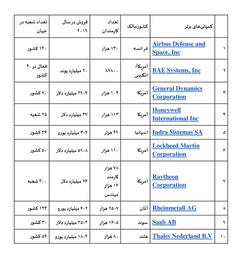
What We Know about Iran's Radar Capability
Information available in the media, particularly the Iranian media, mostly report the statements of military commanders, and so therefore do not provide a clear picture of Iran's radar capability. In other words, media outlets do not provide information based on reliable facts that can be used to evaluate Iran's capability. Iranian military commanders claim to be improving Iran's technological knowledge in this field and its ability to build advanced radars. However, only a few years have passed since the unveiling of the first Iranian radar. On November 11, 2014, the first phase of the Sepehr Long Range Radar was unveiled and tested in the presence of the dommander and deputy commander of the Air Defense Base of the Islamic Republic of Iran.
Amir Shahram, Executive Deputy and Spokesperson for the country’s Air Defense Base, was also at the radar demonstration on October 6, and said: “The Sepehr cosmic radar, with a range of more than 2,500 kilometers, is a complement to surveillance and control radars and was successful in implementing the principle of deep defense; it successfully passed using one sector, and for the first time, the information received was successfully used for operation in the integrated air defense network."
In November 2016, the Defense Industries Organization of Iran unveiled the Absar Imaging Radar at the Kish Exhibition. Mashregh News Agency described the imaging radar: "This product made by our country's defense experts, in addition to being able to film different terrains with marine, agricultural, mountainous and forest cover, can provide images of man-made objects and even marine targets such as ships or boats."
In February 2020, Mashregh News reported that the Revolutionary Guards had acquired an AN/ZPY-3 radar device along with components and ancillary systems almost intact after the destruction of a US drone in the Persian Gulf, which was hit by a Revolutionary Guards’ missile in June 2019. The news agency said the radar, the main part of which was made by US aerospace company Northrop Grumman, operates in the X-band frequency and was developed to detect naval targets, especially in stormy and bad weather at sea. The radar can scan an area of 7 million square kilometers in 24 hours, whether at sea, along a shoreline, or on land. The radar also has a 360-degree coverage. It is capable of extensive mapping of land and sea in SAR mode, which can be used to increase the accuracy of cruise missile routing, because one way to guide cruise missiles in ground target attack scenarios is to use SAR maps.
In fact, by obtaining such a radar, Iran hopes to be able to produce a similar one with this capability by copying it and learning technical knowledge from its reverse engineering. Data shows that, in the radar manufacturing industry Iran is still in the process of discovering and recognizing the capabilities of radars by obtaining examples. Israel, meanwhile, has access to F-35 stealth fighters in the region. These fighters are not detectable by conventional radars and require a very advanced radar system to detect them. However, Russian media claim that Russian radars have such capabilities and that they have recently been purchased and successfully tested by Iran. The Russian news agency Tass reported in August: "Russia's Rezonans-NE radar, which Iran bought to detect and track stealth fighters and supersonic targets, escalated tensions in early 2020 following the death of the Iranian general [General Ghasem Soleimani]. It successfully observed and tracked US F-35 fighter jets near the country's borders." If this news is true, it indicates that Iran has acquired Russian-equipped radars, but this does not confirm the increase in Iran's ability to produce advanced radars.
New Airlines and Flight Radar Problems
In an interview with the Ministry of Roads and Urban Development news website on December 21, 2019, Ahmad Momeni, Senior Advisor to the Managing Director of the Iran Airports and Air Navigation Company, complained that radar manufacturing companies had not been delivering their products due to sanctions being reimposed. "The newly- established air routes in the Persian Gulf and the northwest of the country have been suspended and are awaiting radar systems." According to Ahmad Momeni, the process of purchasing radars was completed before May 2018, but after the re-imposition of sanctions, this process was halted, and the companies they had been negotiating with refused to sell radars to Iran.
Momeni has stated that after the cancellation of Iran's contract with foreign companies, a contract was signed with Isfahan University of Technology and the university has promised to deliver the first radar system within the next 22 months.
The adivsor’s remarks reflect the fact that Iran is not a prominent country among radar manufacturers, but is, instead, a country taking the first steps to localize this technology.
Iran Radar System and Shiraz Floods
Fars is one of the few provinces in Iran equipped with an advanced meteorological radar system. Regardless, these radars did not help detect floods in Shiraz in March 2019, which led to the death of a group of Iranians at the city’s Quran Gate. The Islamic Republic News Agency (IRNA) interviewed meteorological officials and professors at Shiraz University in May 2019 in an attempt to answer this question. Mohammad Jafar Nazem Al-Sadat, a professor of water engineering at Shiraz University's Faculty of Agriculture, told IRNA: "Shiraz's advanced meteorological radar, which was installed on Mountain Derak in the city’s suburb, was imported in 2014, and encountered many problems due to sanctions and at a very high cost. This equipment should have been able to predict heavy rains on March 25 and March 26, 2019 in Shiraz, which led to heavy casualties and financial losses, about 10 to 12 hours before the incident, but unfortunately disruption to the radio waves — which have disrupted the work of this device for years — prevented it.”
Abdolkarim Jameh, the former director general of meteorology for Fars province, also stated that eight German meteorological radars had been imported and installed in Iran. He explained why these radars did not work before the flood: "The problems of radio waves and noise interference have disrupted the efficiency of radars. Officials have been aware of the negative effects of radio waves and interference on weather radars for more than a year, but have not been able to find a solution." Earlier, Davood Parhizkar, the head of the country's meteorological organization, said: "There is what we call ‘annoying noise’ on the meteorological radars. The Radio Regulatory Authority, as the body in charge, has also been informed that there is noise on these radars, but unfortunately, no practical measure has been taken to eliminate them."
Information reveals that Iran does not manufacture radar systems, nor is it even able to take care of German-imported and advanced radars or enjoy the benefits of this technology. The Revolutionary Guards Corps (IRGC) is to blame for the failure of meteorological radars. Furthermore, the IRGC has yet to deal with radio-jamming waves interfering with the country’s meteorological radars.
Conclusion
Amir Ali Hajizadeh, the Commander of the Aerospace Force of the Revolutionary Guards, said at a radar system demonstration event on October 6, 2020: "Iran is one of the top 10 countries in the field of radars.”
IranWire asked: Which countries are the top powers in the world radar industry and what is Iran's status? After investigating this claim, IranWire reached the following conclusions:
1- IranWire could not locate any international report that mentioned Iran as one of the top 10 countries for manufacturing radars. In fact, these reports do not even list Iran as a prominent country producing in the industry. If such a report exists, IranWire has not been able to identify it.
2- Among the 10 largest radar companies in the world that have the largest share of the radar market, Iran is not mentioned, and nor is any Iranian company.
3. France, the United States, the Netherlands, Spain, Sweden and Germany own the top 10 radar companies in the world. International research predicts the future of the global radar market will be dominated by the United States, China, India, Russia and the United Kingdom.
4- Iran has presented itself as a radar manufacturer since 2014, when it tested and unveiled the first Sepehr radar, but no information is available on whether the company’s technology is capable of building advanced radars. What we do know is that in 2019, the advisor to the director of the Iran Airports Company said that the newly established air routes in the Persian Gulf and northwestern parts of the country had been suspended because foreign companies had canceled radar systems contracts due to sanctions and that they were waiting for Isfahan University of Technology to deliver the first radar within the next 22 months.
5- The Meteorological Organization of Iran has installed eight radars in the country, none of which are made in Iran; all of them are imported and made in Germany. The radars do not work properly, as the organization claims that radio jamming waves have interfered with their operation. “Annoying noises” have been cited as the reason for the Meteorological Agency's inability to predict storms and floods.
IranWire's research reveals there is no credible evidence to support Commander Hajizadeh's claim that "Iran is one of the top 10 countries in the field of radars." On the contrary, the available information shows that Iran does not manufacture radars, but instead buys them from Russia and Germany. Therefore, the claim is untrue.
Not true: a false statement about a specific new event or something that has not been proven to be true before, based on facts and available evidence.
Read other articles in the series:
Fact Check: Army Commander Lies About Iran's Speed Boats
Fact Check: How Big of a Lie is the Guards' Coronavirus Detector?
Fact Check: Does Fasting Boost Your Immune System?
Fact Check: Iran’s Minister of Intelligence Claims Ministry is Benevolent and Caused No Harm
Fact Check: Are Charlie Hebdo's Cartoons a Zionist Conspiracy?
visit the accountability section
In this section of Iran Wire, you can contact the officials and launch your campaign for various problems




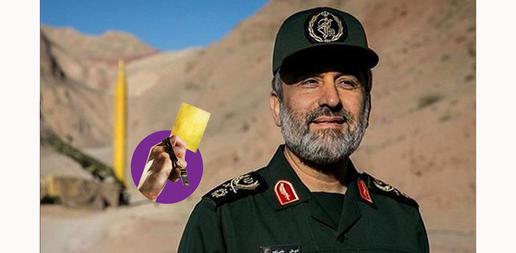
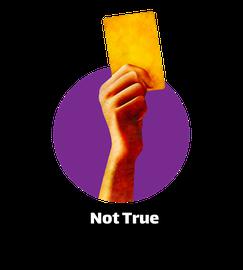
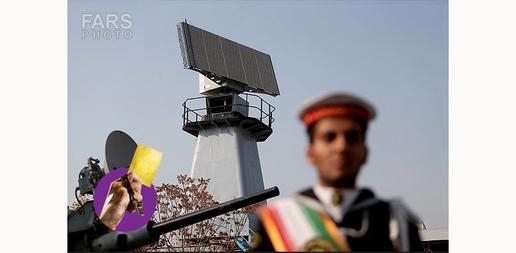



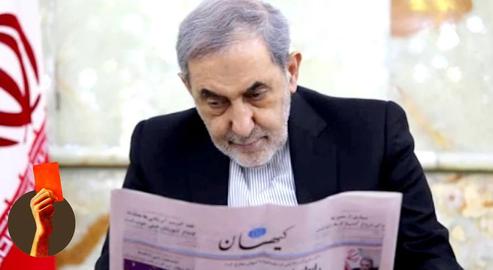

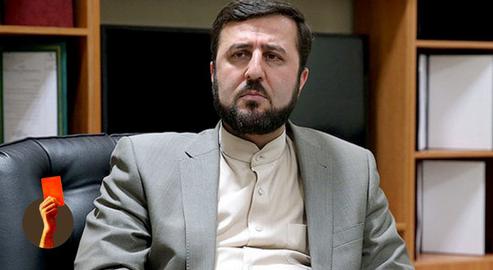

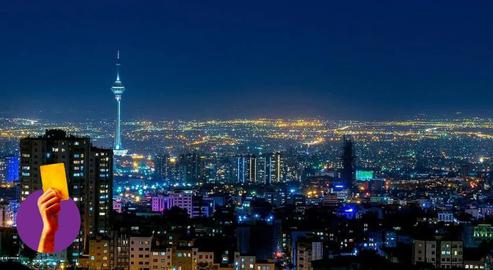
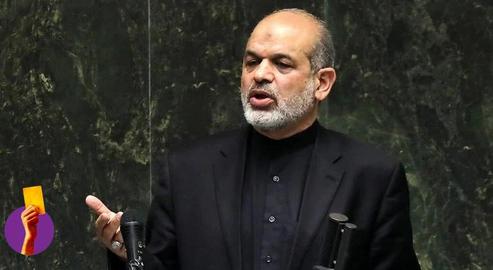
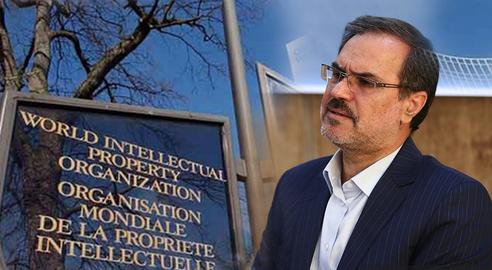

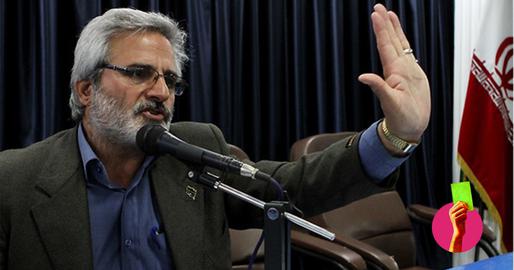
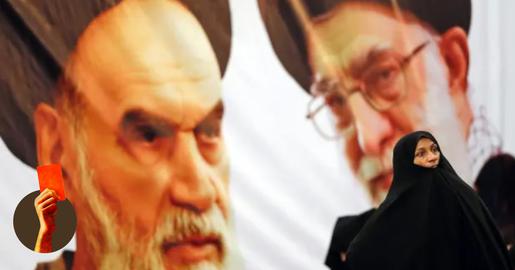
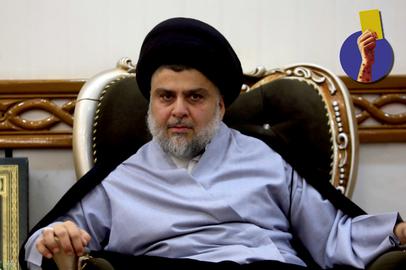
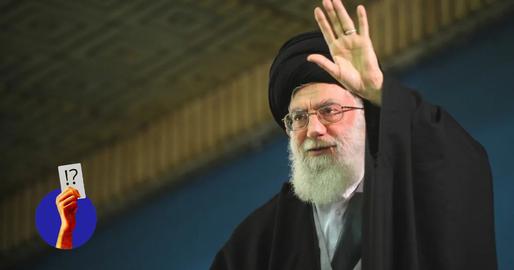
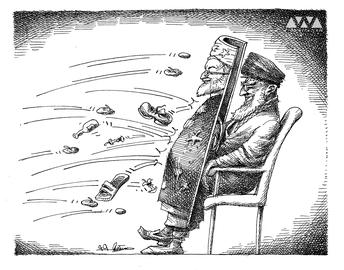
comments